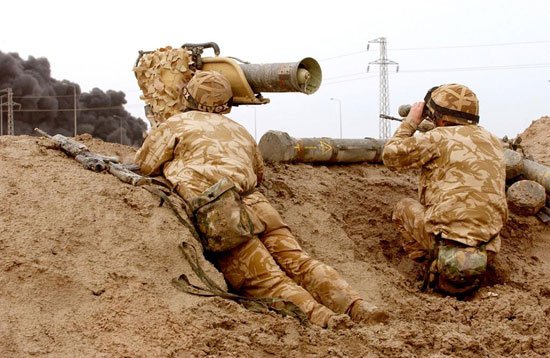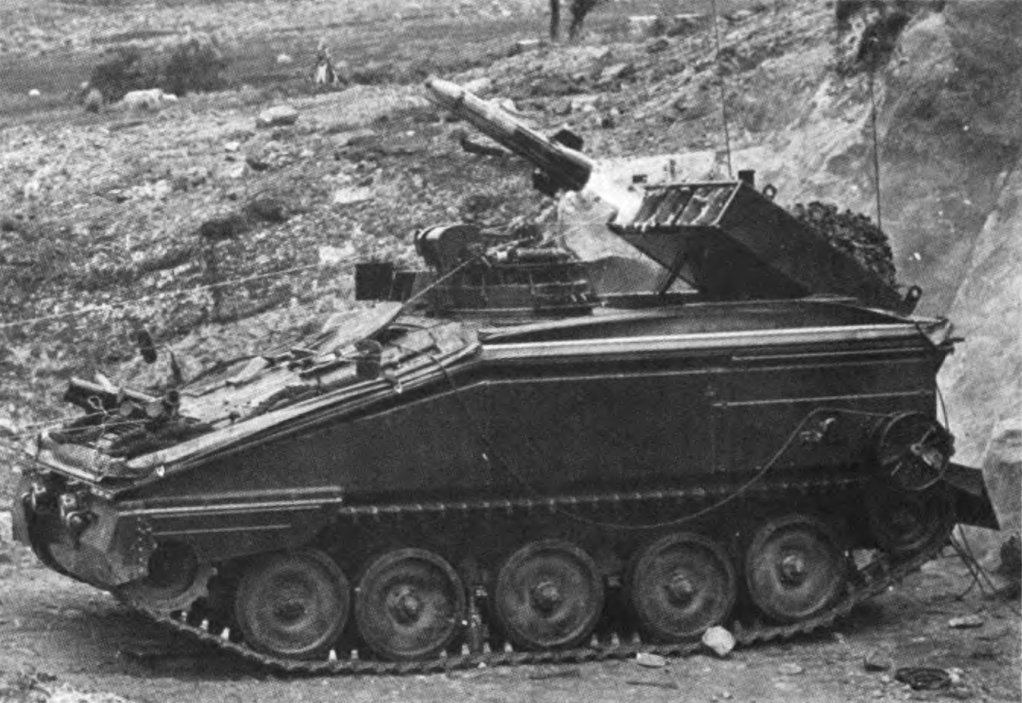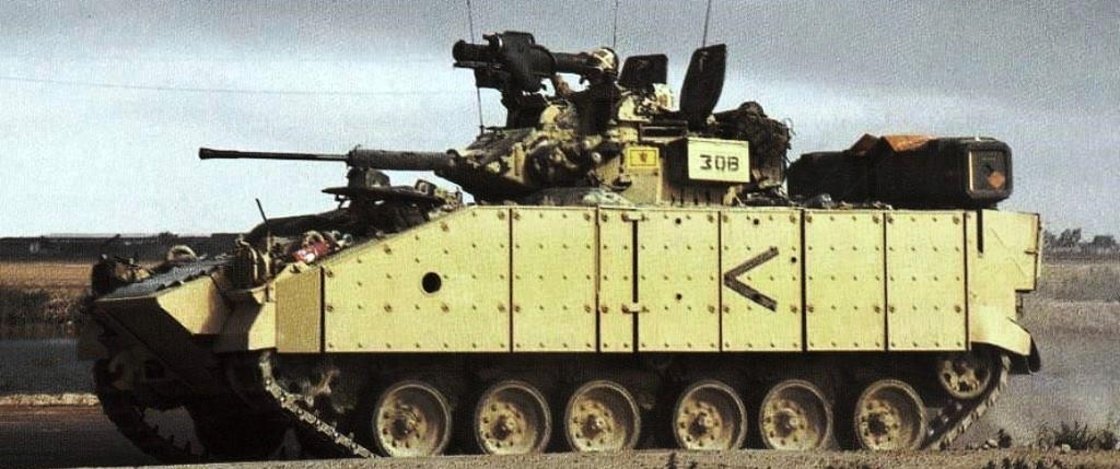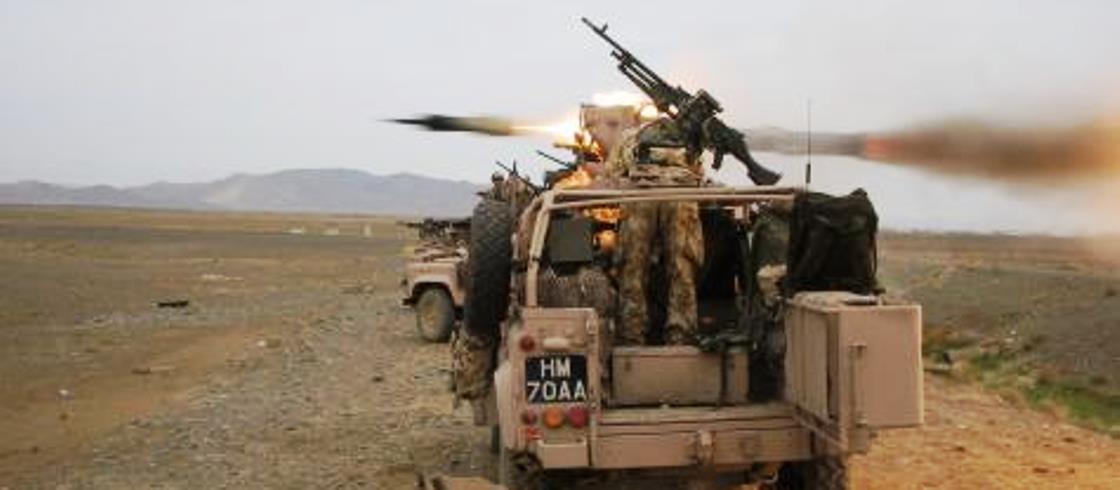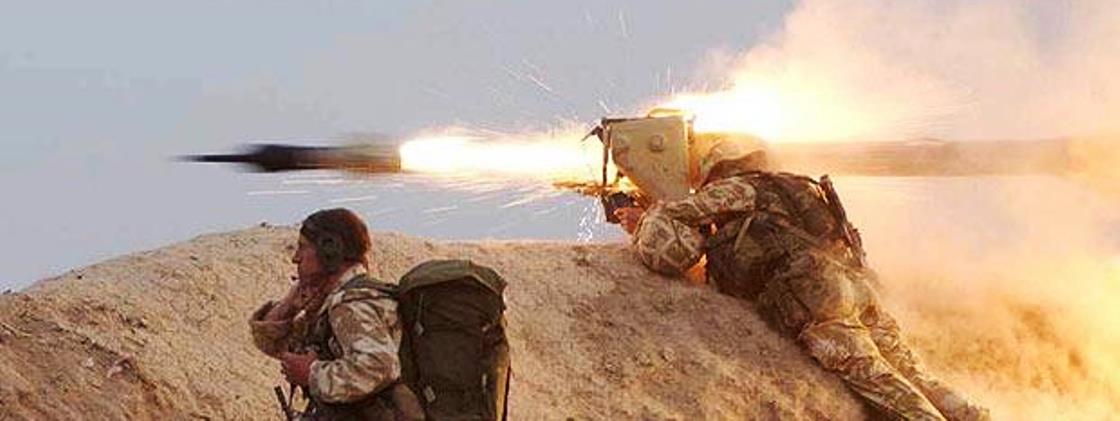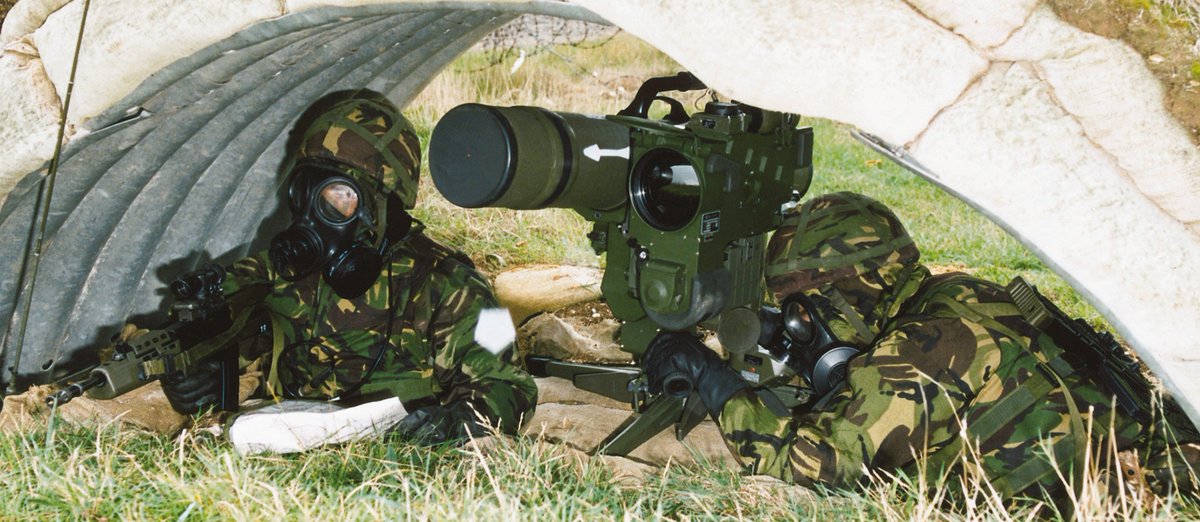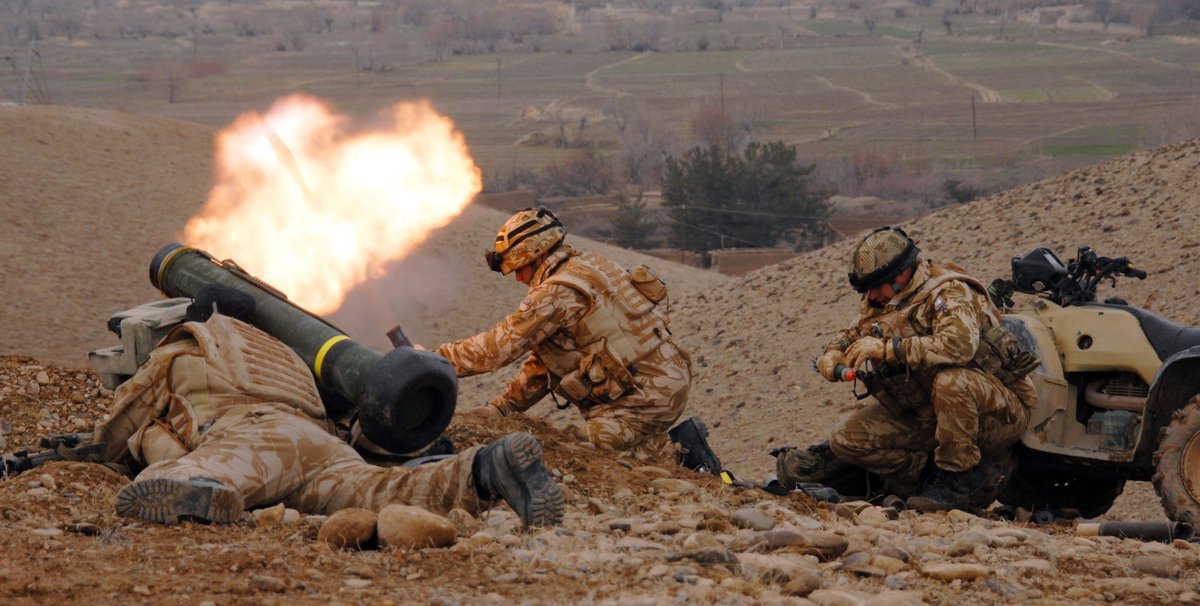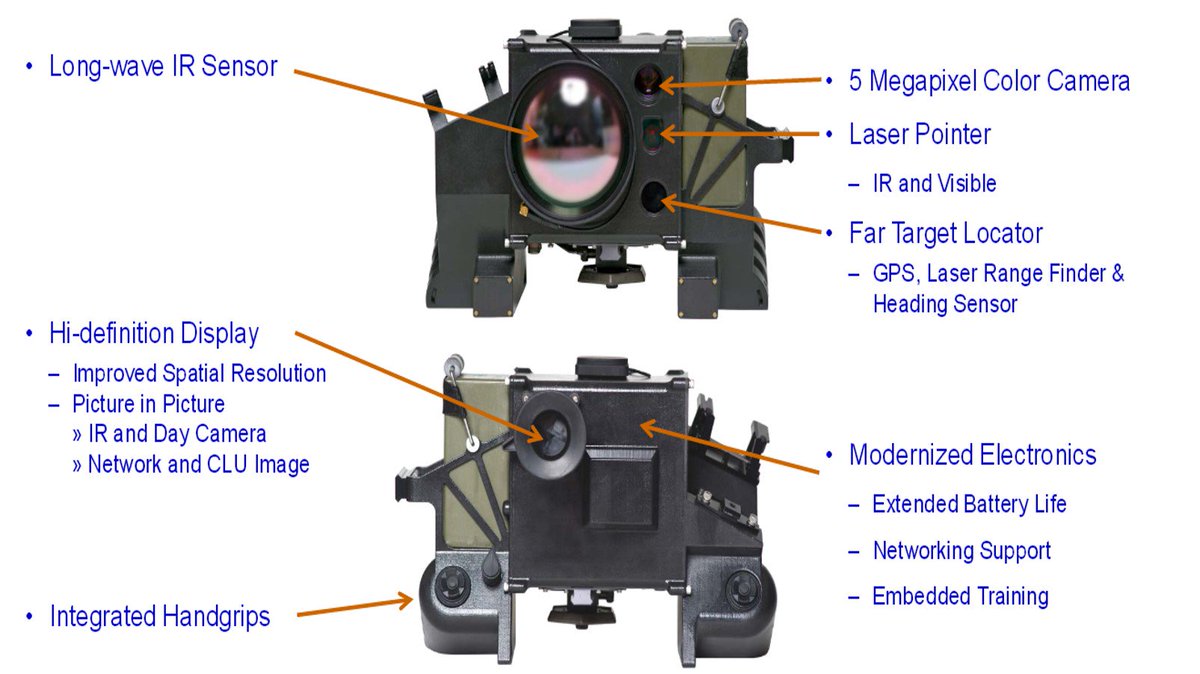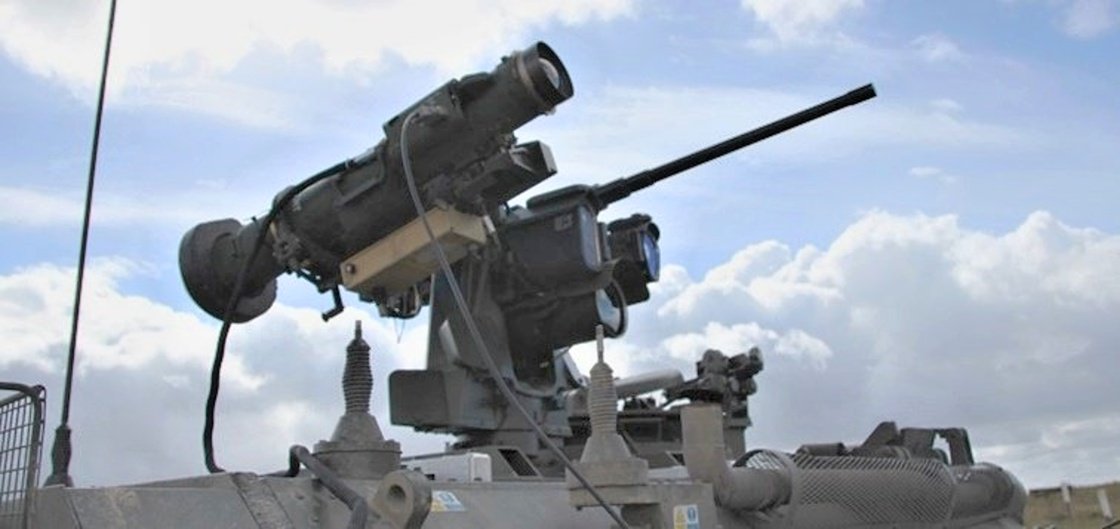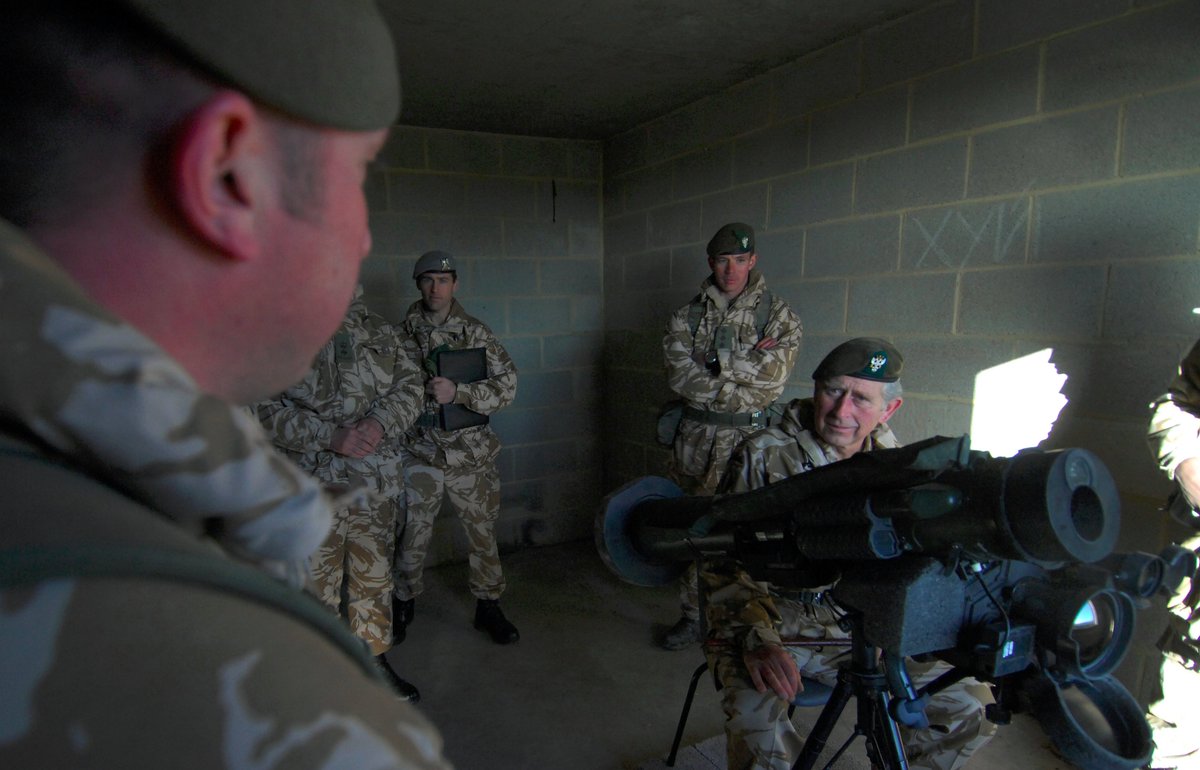Today we are going to talk about the Javelin Anti-Tank Guided Weapon (ATGW), in service with the British Army, Royal Air Force Regiment and Royal Marines
/1
/1
Javelin is a portable Anti-Tank Guided Weapon (ATGW) described by the British Army as;
"Javelin, the medium range anti-tank guided weapon replacement for Milan, is an enhanced version of the American weapon proven on operations in Iraq and Afghanistan by US forces."
/2
"Javelin, the medium range anti-tank guided weapon replacement for Milan, is an enhanced version of the American weapon proven on operations in Iraq and Afghanistan by US forces."
/2
Javelin is a direct replacement for the Milan Anti-Tank Guided Weapon and a de-facto replacement for Swingfire, a vehicle launched anti-tank guided weapon, although the latter has never actually been properly replaced.
/3
/3
In 1972, Daimler-Benz Aerospace (DASA) and Aerospatiale SA formed a joint venture called Euromissile, now part of MBDA, to develop a man-portable anti-tank guided weapon and heavier vehicle/helicopter-mounted weapon.
/4
/4
These two were MILAN (Missile d´infanterie léger antichar) and HOT (Haut subsonique Optiquement Téléguidé Tiré d’un Tube). MILAN was entered service relatively quickly
/5 https://www.youtube.com/watch?v=cEqXEv8sWZ4">https://www.youtube.com/watch...
/5 https://www.youtube.com/watch?v=cEqXEv8sWZ4">https://www.youtube.com/watch...
MILAN used a Semi-Automatic Command Line of Sight (SACLOS) guidance system with a thin wire used to transmit guidance information from the firing post to the missile.
/6 https://www.youtube.com/watch?v=rCtLGAihH20">https://www.youtube.com/watch...
/6 https://www.youtube.com/watch?v=rCtLGAihH20">https://www.youtube.com/watch...
Milan 2 came into service in 1984, the two are easily distinguished by Milan 2 having a distinctive stand off probe.
/7
/7
The FV120 Spartan Milan Compact Turret (MCT) variant was introduced in 1986 although the Milan missile’s maximum range of 2,000 metres was a significant step down from Swingfire at 4,000 metres.
/8
/8
In 1991, a number of Warriors were modified with a turret-mounted Milan firing post. Although it could not be used on the move it did provide much greater mobility for Milan than the FV432s would have.
/9
/9
Milan& #39;s replacement was to be a system called TRIGAT. TRIGAT development began in 1983 with the agreement of France, Germany and the UK to establish the Euromissile Dynamics Group to develop a number of anti-tank guided weapons.
/11
/11
In 1988, the UK, France and Germany signed a Memorandum of Understanding (MoU) to cooperate on the joint development of an anti-tank missile family (medium and long range) that would replace Milan, HOT and Swingfire; Euromissile was intended to be the industrial vehicle.
/12
/12
The missiles were to be called TRIGAT- MR and TRIGAT-LR and both would utilise a tandem shaped charge warhead and either a laser beam riding or IR homing guidance.
/13
/13
TRIGAT-LR was closely tied to the development of the Eurocopter Tiger attack helicopter but as the UK eventually selected AH-64 in preference to Tiger and A.129 Mangusta, the choice of Hellfire instead of TRIGAT-LR was already made.
/14
/14
The UK signed an MoU for production in 1999 with an expectation of a contact to follow that ensured no gaps would exist between TRIGAT-MR coming into service and Milan going out of service in 2005
/15
/15
Unfortunately, delays in signing from Belgium and the Netherlands and, as usual, Germany revising down their required quantities, meant the delays would potentially leave the UK with a capability gap.
/16
/16
The Secretary of State announced the UK’s withdrawal from the I&P phase of MR TRIGAT on 28 July 2000. Cost thus far, were a whopping £105 million, with nothing to show for it
/17
/17
With TRIGAT-MR cancelled, the UK needed a Milan replacement, and it needed one fast. A development project was not possible but a competition was.
#gameon
/18
#gameon
/18
The replacement for Milan was called the Light Forces Anti-Tank Guided Weapon System (LFATGWS). In September 2001, the Defence Procurement Agency awarded one year Assessment Phase contracts to Raytheon/Lockheed Martin and Matra BAE Dynamics.
/19
/19
Raytheon/Lockheed Martin entered their Javelin system and Matra BAE Dynamics, the Rafael Spike-MR (GILL), shown below. Despite the trials being hampered by the UK Foot and Mouth outbreak and 9/11 attacks in January 2003, the winner was announced;
It wasn& #39;t SPIKE
/20
It wasn& #39;t SPIKE
/20
A small number of modifications were made before the standard Javelin entered service, a tripod and improved sighting system. Javelin entered service with 16 Air Assault Brigade and 3 Commando Brigade in July 2005, four months ahead of schedule.
/21
/21
Additional orders followed and since then has seen extensive service, remaining in service to today
/22
/22
With a stated range of 2.5km the missile weighs 11.8kg and is armed with a tandem shaped charge warhead. The tandem warhead has two charges; the precursor initiates explosive reactive armour and then the main warhead is initiated to penetrate armour underneath.
/23
/23
The missile is equipped with a lock on before launch and automated self-guidance system that uses an imaging infra-red sensor based on a 12um cadmium mercury telluride (CdHgTe) 64 x 64 pixel focal plane array.
/24
/24
Javelin uses a soft launch system to reduce launch signature and enable firing from confined spaces. The small launch motor ejects the missile clear of the tube and when at a safe distance, ignites the propulsion motor.
/25 https://www.youtube.com/watch?v=bsGw5-Wjg4E">https://www.youtube.com/watch...
/25 https://www.youtube.com/watch?v=bsGw5-Wjg4E">https://www.youtube.com/watch...
Javelin has been tested to 4,750m and fired from a variety of weapon mounts and platforms. Developments have also included a multi purpose warhead that is better suited to attacking non armoured vehicle targets, as was common in Afghanistan.
/26
/26
The clip on Command Launch Unit (CLU) weighs 6.4kg and provides the passive target acquisition, fire control unit and integrated day and thermal imaging sight.
/27
/27
UK javelin uses a DRS Technologies 2nd gen thermal imaging sight with x 4 and x 9 magnification optics. Target information is passed to the missile and whilst the gunner can observe and control the missile during flight, the missile is ‘fire and forget’ if needed.
/28
/28
The US has developed a lightweight CLU that is 70% smaller, 40% lighter and with a 50% increase in battery life. It also has a range of other improvements, GPS and network connectivity for example.
/29
/29
Although not integral to the currently in service Javelin missiles it is worth noting that Javelin has been successfully integrated with the Kongsberg Protector RWS as part of ongoing UK trials and development work.
/30
/30

 Read on Twitter
Read on Twitter
